Teacher inquiry is a powerful form of teacher learning and is a vital strategy to improve student learning. Inquiry encourages questioning, exploration and experimentation in your practice. It helps teachers to make revisions to their teaching that lead to new insights into their practice and their students, and results in specific gains for students. Inquiry occurs when teachers turn intuitive judgements about teaching and learning into more structured investigations, systematically and consistently examining the relationship between their actions and the learning that is happening for students. Throughout an inquiry they make good use of evidence and research in order to stimulate new ways of thinking about teaching and learning, try out new ideas, and evaluate the impact of these changes to practice. Inquiry is characterised by deep reflection and the questioning of the links between teacher actions and student learning.
The benefits of teacher inquiry
Teacher inquiry is not a quick fix. It requires sustained investigation and action involving multiple cycles of inquiry over 1–3 years. However, it can be transformative and greatly satisfying for teachers. Classroom practice is the most significant school-based influence on student achievement: extensive research into school improvement shows that the most effective and sustainable forms of improvement include a detailed focus on the instructional core, or the interaction of teachers and students in the presence of content. In turn, teacher learning and professional development have the greatest effect on classroom practice.
Effective teaching will vary with context — the students, subject taught, time of day, teaching environment and resources. This means that there cannot be a ‘one size fits all’ package of teaching and learning. Nor is there just one form of professional development for teachers. To learn how to improve their teaching, each teacher needs to investigate the impact of teaching practices on student learning in his or her context. This notion of exploring the impact of the actions of the teacher lies at the core of teacher inquiry. Teachers involved in inquiry report that it is a highly satisfying and energising form of professional development that supports their self-reflection and critical examination of practice, and encourages them to try new challenges and explore different ways of teaching.
Teacher inquiry is effective because it is:
The spiral of inquiry
The ‘spiral of inquiry’developed by HelenTimperley, Linda Kaser and Judy Halbert is a useful expanded model which extends the focusing, teaching and learning phases of basic inquiry cycles and emphasises the iterative nature of inquiry. This model moves through six interrelated and overlapping stages:

You can click the headings below to read more about each one.
Scanning
What is happening for students in your classroom?
The scanning phase is about getting an overview of the whole group of students and their areas of strength and need in order to establish a foundation for the focus of the inquiry.
Focusing
Where should you concentrate your energies in order to change the experiences and outcomes of your learners?
The focusing phase narrows and hones the area of investigation by looking closely at the issues raised during the scanning phase and breaking down larger issues into something more workable.
Developing a hunch
How is my teaching contributing to this situation?
There are two parts to this phase. It begins with an investigation of personal beliefs and assumptions made about the problem, followed by predictions about the impact that possible changes to practice will have on the area of focus.
Professional learning
How can I learn more about what to actions to take?
This phase involves extending and deepening professional knowledge in order to improve teaching practice and bring about the desired changes to student learning.
Taking action
What will you do differently to bring about your desired outcomes?
This phase involves learning about new ways of teaching by trialling new approaches with students, collecting evidence, reflecting on the impact on students, and modifying practice accordingly.
Checking
Have we made enough of a difference?
This phase involves checking the effectiveness of the actions taken in the previous phase by analysing the collected evidence and data and assessing the impact on students and their learning.
References
Elmore, R. F. (1996). Getting to scale with good educational practice. Harvard Educational Review, 66(1), 1–26.
Handscomb, G., & MacBeath, J. (2006) Professional development through teacher enquiry. SET – Resources for teachers, 1, 40-45.
The Literacy and Numeracy Secretariat. (2010).Collaborative teacher inquiry: New directions in professional practice. Retrieved from http://www.edu.gov.on.ca/eng/literacynumeracy/inspire/research/CBS_SystemLeaders.pdf
Timperley, H., Kaser, L., & Halbert, J. (2014). A framework for transforming learning in schools: Innovation and the spiral of inquiry (Seminar series 234). Melbourne: Centre for Strategic Education.
Endnotes
1 Elmore (1996).
2 Timperley, Kaser, & Halbert (2014).

